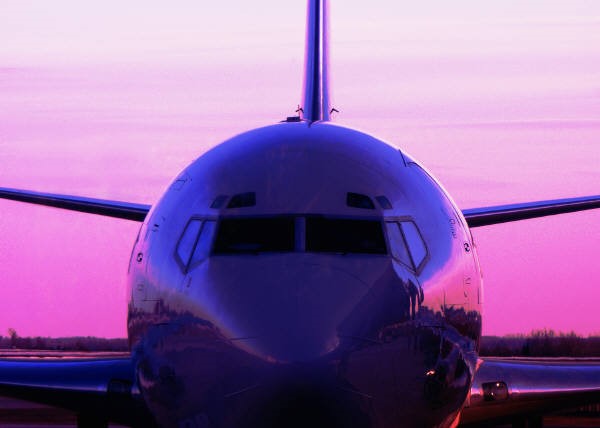Long haul flights are a health risk for everyone
While the risks of prolonged immobility and pulmonary embolism with long distance travel are well-known, many potential patients are unaware of the increased risks of thromboembolism after surgery.
Increased risks in specialized populations
People with a personal or family history of previous blood clots (PE or DVT), women on oral contraceptives, and patients who have undergone orthopedic surgery are some of the people at greatest risk.
Increased risk after surgery + Long trips
The heightened risk of thromboembolism or blood clots may persist for weeks after surgery. When combined with long-haul flights, the risk increases exponentially.
In fact, these risks are one of the reasons I began investigating medical tourism options in the Americas – as an alternative to 18 hour flights to Asia and India.
Want to reduce your risk – Follow the instructions in your in-flight magazine
Guidelines and airline in-flight magazines promote the practice of in-flight exercise to reduce this risk – but few have investigated the risks of thromboembolism in post-surgical patients by modes of transportation: car travel versus air travel.
But, is it safe to fly after surgery?
This spring, Dr. Stephen Cassivi, a thoracic surgeon at the world-famous Mayo Clinic in Minnesota tried to answer that question with a presentation of data at the the annual meeting of the American Association for Thoracic Surgery.
This question takes on additional significance when talking about patients who have had lung surgeries. Some of these patients require oxygen in the post-operative period, and the effects of changes in altitude* (while widely speculated about) with air travel, have never been studied in this population.
Now, Dr. Cassivi and his research team, say yes – it is safe. Mayo Clinic is home t0 one of the most robust medical travel services in the United States for both domestic and international medical tourists.
After following hundreds of patients post-operatively and comparing their mode of transportation – Dr. Cassivi concludes that the risks posed by automobile travel and air travel after surgery are about the same.
Additional reading
For more information on deep vein thrombosis, pulmonary embolism and safe travel, read my examiner article here.
AATS poster presentation abstract:
Safety of Air Travel in the Immediate Postoperative Period Following Anatomic Pulmonary Resection
*Stephen D. Cassivi, Karlyn E. Pierson, Bettie J. Lechtenberg, *Mark S. Allen, Dennis A. Wigle, *Francis C. Nichols, III, K. Robert Shen, *Claude Deschamps
Mayo Clinic, Rochester, MN
Schwarz T, Siegert G, Oettler W, et al. Venous Thrombosis After Long-haul Flights. Arch Intern Med. 2003;163(22):2759-2764. doi:10.1001/archinte.163.22.2759 . This is some of the definitive work that discussed the risk of long flights with blood clots in the traveling population due to prolonged immobility.
*Most flights are pressurized to an altitude of around 8,000 feet – which is the same level as Bogotá, Colombia. This is higher than Flagstaff, AZ, Lake Tahoe, Nevada, Denver, Colorado or Mexico City, D.F. – all of which are locations where some visitors feel physical effects from the altitude (headaches, fatigue, dyspnea, or air hunger. In extreme (and rare) cases, people can develop cerebral edema or other life-threatening complications at these altitudes**.
** Severe effects like cerebral edema are much more common at extreme altitudes such as the Base Camp of Mt. Everest but have occurred in susceptible individuals at lower levels.

